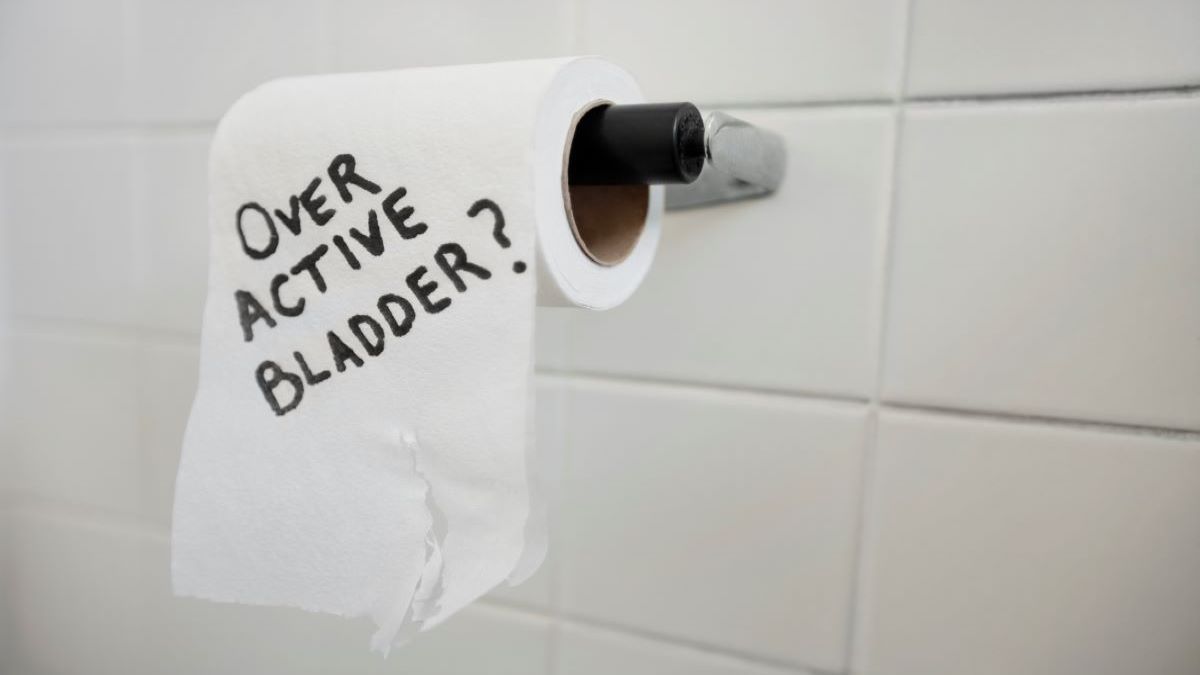Overactive bladder (OAB) is a condition that causes frequent urination. An individual suffering from this syndrome may experience increased urges to urinate throughout the day and night.
Occasionally, it can also be challenging to control the need to pass urine, and an accidental loss of urine may occur as a result.
Without a doubt, an overactive bladder syndrome can complicate a person’s life. Luckily, it is relatively easy to determine if there is a particular cause of this condition and, therefore, eliminate it. In addition, the patient with OAB can also benefit from simple lifestyle changes. The last includes adjustments to the diet, the practice of bladder-holding technique, and bladder emptying at set times. Additional treatment may be necessary in some cases.
Overactive bladder causes
The contraction of bladder muscles occurs unconsciously and causes the urge to urinate. Also, they are responsible for pushing the urine out. In individuals with overactive bladder syndrome, the muscles of the bladder contract even if urine is only present in a small amount in the bladder. Therefore, the need to urinate occurs more frequently regardless of the bladder fullness. The common conditions that cause an overactive bladder syndrome symptoms development include:
- constipation
- urinary tract infections
- bladder stones
- diabetes
- menopause hormonal changes in women
- neurological disorders like multiple sclerosis or stroke
- enlarged prostate
- bladder cancer
- history of operations to treat any form of incontinence
The signs of overactive bladder can also occur because of:
- drinking too much caffeine or alcohol
- problems with emptying the bladder completely
- intake of medications that increase urine production
- significant water consumption associated with medications
- age-associated difficulties for the bladder to understand the signals of the brain
Unfortunately, it may not be possible to determine the exact cause of overactive bladder syndrome in some cases.
Risk factors associated with overactive bladder syndrome
Two main groups of people at higher risk of OAB syndrome development are older people and those with cognitive decline.
- Age. Increasing age is by itself a risk factor of overactive bladder development. In addition, as age advances, more and more people suffer from conditions like diabetes or an enlarged prostate. These factors can lead to the occurrence of OAB symptoms.
- Cognitive decline. Overactive bladder syndrome is common among people suffering from conditions like stroke, multiple sclerosis, or Alzheimer’s disease. In these cases, scheduling a fluid intake, urination and bowel stimulation can reduce issues with the inability to control the bladder emptying. Furthermore, the usage of absorbent garments can help to deal with overactive bladder symptoms.
Overactive bladder symptoms
The most common symptoms of overactive bladder include:
- experiencing a sudden hard-to-control need to urinate
- more frequent than usually urination (eight or more times per 24 hours)
- experiencing the urge to urinate more than two times per night
- involuntary loss of urine right after a sudden urge to urinate
Complications
Aside from being unpleasant by itself, symptoms of overactive bladders also pose a risk for complications that will further disturb a person’s life. These complications are anxiety, emotional difficulties, depression, sexual problems, insomnia, and interrupted sleep cycles. Sometimes treatment of these conditions can help decrease overactive bladder symptoms.
In addition, women with OAB syndrome may suffer from mixed incontinence. It means that they experience unintentional loss of urine from both stress and urgency. Stress loss of the urine occurs during activities that pressure the bladder (coughing, sneezing, laughing, exercising). Unfortunately, treatment of one of these conditions wouldn’t help to treat the other.
Another complicated case of OAB syndrome is a combination of bladder storage and bladder emptying problems. When such a situation occurs, the person may experience a frequent urge to urinate. However, the bladder still won’t empty completely.
When to see a doctor
It is usually uncomfortable but essential to discuss any symptom of an overactive bladder with your doctor. Some people who suffer from OAB syndrome also experience problems controlling the bowel. It is good to tell your doctor about these issues as well. Even though increasing age is one of the risk factors for overactive bladder syndrome development, it is not a part of normal ageing. Therefore, people of all ages should discuss urination problems with the specialist.
How to prevent overactive bladder development?
Small changes in your lifestyle can decrease the risk of OAB development sufficiently. These habits are:
- limit alcohol and caffeine intake
- maintain healthy weight
- stop smoking
- regular physical activity
- take care of chronic conditions that may contribute to OAB development
- practice Kegel exercises
Click Here to read about Treatment.
















Leave a Reply
You must be logged in to post a comment.